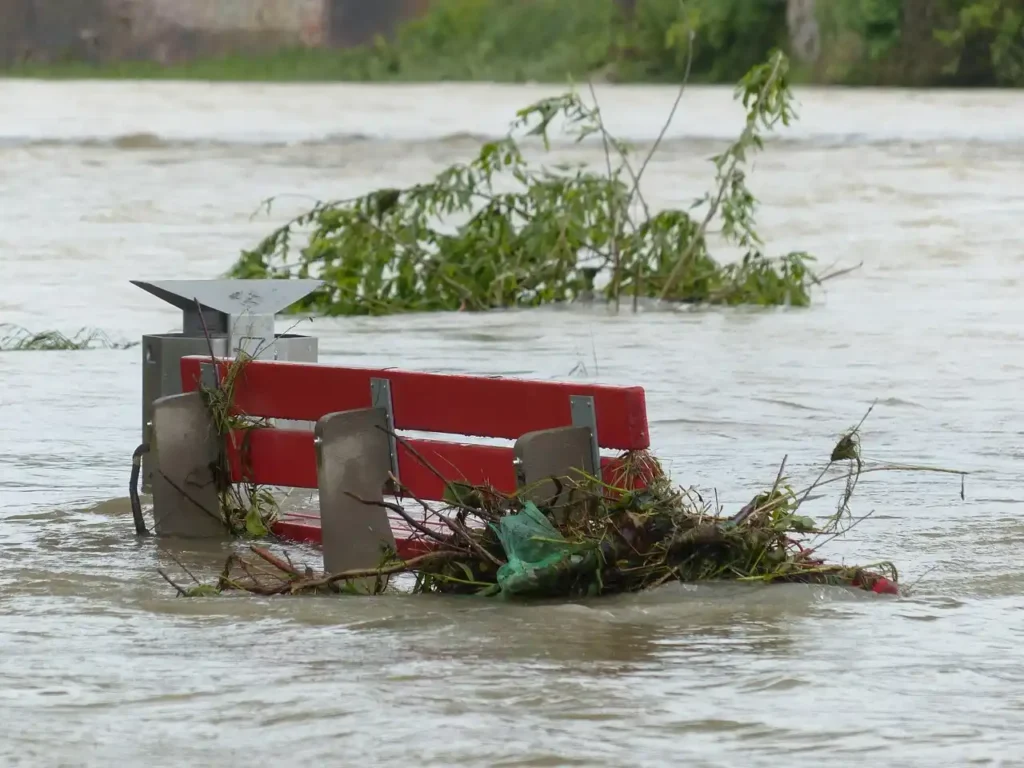Uttarakhand flood August 2025 news . Uttarakhand Devastated by Flash Floods: Dharali Village Wiped Out, Rescue Efforts Underway
DEHRADUN – A series of devastating flash floods and landslides, triggered by a powerful cloudburst and intense rainfall, has wreaked havoc across Uttarakhand, with the village of Dharali in Uttarkashi district bearing the brunt of the disaster.
The calamity, which began on August 5, 2025, has left a trail of destruction, with homes, shops, and vital infrastructure swept away by raging torrents of mud and water.

The disaster struck Dharali, a key stop on the pilgrimage route to Gangotri, after a sudden surge of water from the Kheer Ganga river, a tributary of the Bhagirathi, engulfed the valley.
Eyewitness accounts and video footage show a terrifying wall of water and debris obliterating multi-story buildings in a matter of minutes. The entire market area of the tourist town has been reduced to a sludge-filled riverbed.
While initial reports indicated a cloudburst as the cause, scientists and experts are now investigating other possibilities, including a glacial lake outburst flood (GLOF) or a glacier collapse, which may have contributed to the immense force of the floodwaters.
The India Meteorological Department (IMD) had issued a warning for heavy rainfall in the region, but the intensity of the event far exceeded expectations.
The human toll is still being ascertained. The confirmed death toll has been rising, and the number of missing persons remains a significant concern. Officials have stated that over 40 people are still unaccounted for, including nine Army personnel, locals, and migrant workers from various parts of India and Nepal. Unofficial estimates suggest the actual number of missing individuals could be much higher.
The National Geophysical Research Institute (NGRI) has deployed experts with Ground Penetrating Radars to aid in the search for the missing, who are believed to be buried under meters of debris.
Rescue and relief operations, led by a joint task force from the National Disaster Response Force (NDRF), State Disaster Response Force (SDRF), and Indo-Tibetan Border Police (ITBP), have been severely hampered by incessant rain and blocked roads.
Heavy machinery is being used to clear debris and restore connectivity, but the unstable terrain and treacherous conditions make the work incredibly difficult. The collapse of a crucial bridge connecting Thalisain and Pabo blocks has further isolated affected communities.
Despite the challenges, rescue teams have successfully evacuated over 1,200 people, including stranded tourists and locals.
The floods have had a profound impact on the state’s infrastructure and economy. The Char Dham Yatra has been disrupted, with connectivity to Gangotri Dham severed.
Satellite images from the Indian Space Research Organisation (ISRO) show that the flood has even reshaped the course of the Bhagirathi river, a geological change that could have long-term consequences for downstream communities.
This disaster is a stark reminder of the Himalayan region’s vulnerability to extreme weather events. Climate change, coupled with poorly planned development, is widely cited by experts as increasing the frequency and severity of such calamities.
As rescue efforts continue, the focus is shifting towards building long-term resilience and developing better early warning systems to protect the fragile ecosystem and its inhabitants from future disasters.
The people of Uttarakhand are now beginning the slow and painful process of rebuilding their lives amidst the ruins.
